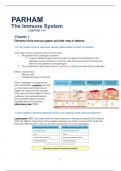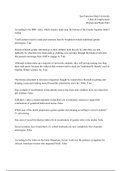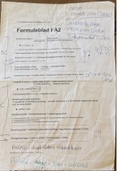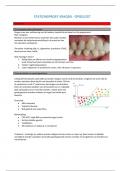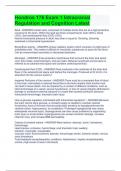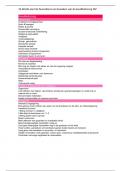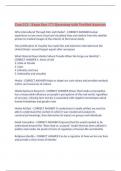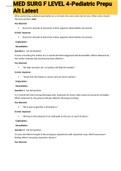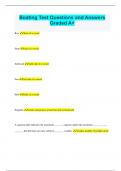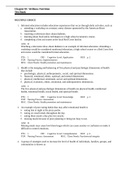Summary
SUMMARY chapter 1-10 The Immune system; Peter Parham (4th edition)
- Course
- Institution
- Book
In this document, I have summarized the first 10 chapters of the immune system, written by Peter Parham. Not every paragraph is included (most of them I have covered). For Biomedical Sciences master students at the VU, this is also prior knowledge that has to be revised before starting the course '...
[Show more]
